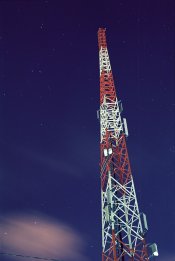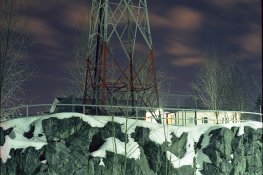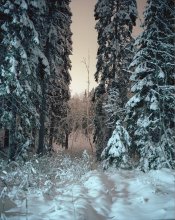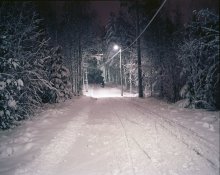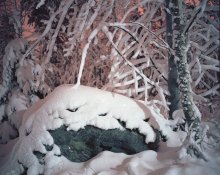The compositions one will most likely shoot in Washington are much higher in contrast than what you shot, HRST. Additionally, your exposures were only 60 seconds, which are very brief in the world of night photography, so it is no wonder your color shifts were somewhat correctable (though they are there, for sure). I am thinking of exposures well in excess of that. Of course color neg materials are ideal for night shooting, in theory, in terms of how much of an SBR they can capture. However, practically speaking, in looong exposures, the reciprocity and color shift issues are huge compared to something like T64, and T64's dynamic range can be increased a good deal by doing what I recommended. Properly exposed and developed T64 is way more accurate in color and exposure calculation, and will not leave you sitting there twiddling your thumbs nearly as long (a VERY important consideration, especially in cold weather). I understand the benefits and the amazing quality of color neg films today, and they are both good tools for the task, but there are definite reasons I suggested trying some Fujichrome. Additionally, I suggested cross processing, because if color is not of import, this gives you the best of both worlds. I suggested cross processing a low contrast, low saturation film (Astia) by overexposing it and pulling it a bit. Overexposing is a good trick to reduce contrast when cross processing. You have to get a dense neg to do it, but it works. This is why I generally overexpose at least two stops when cross processing. In some recent tests of Astia and EPP, I found that overexposing two stops when cross processing adds about a stop of dynamic range in a straight proof print to the EPP, and about a stop and a half to Astia.










